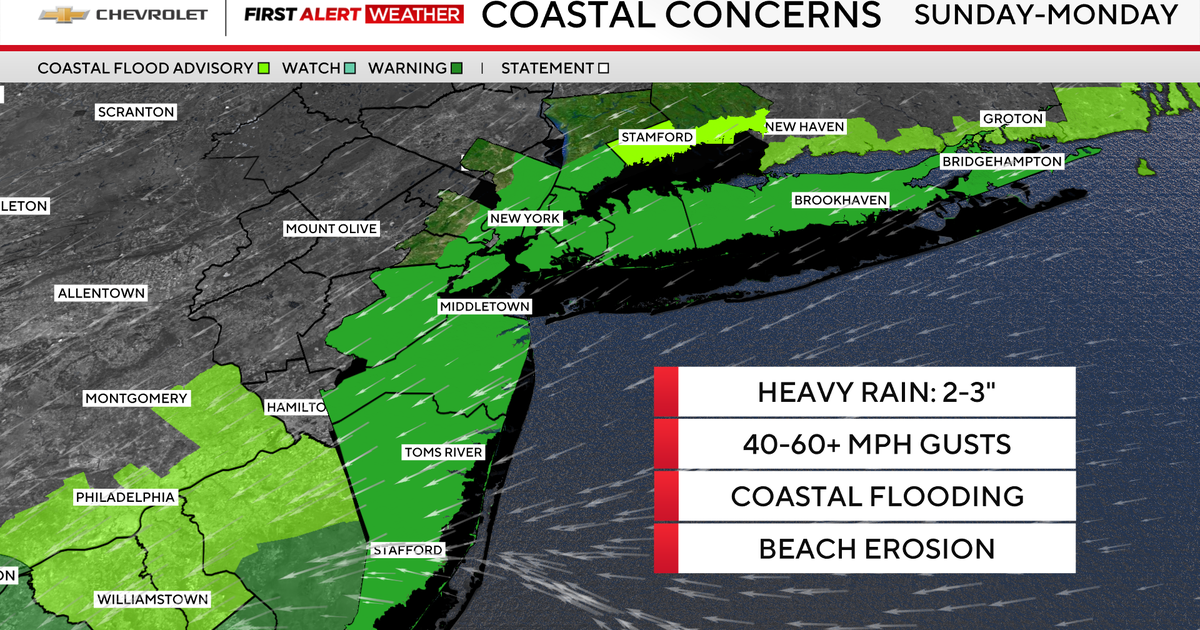
WASHINGTON, D.C. – Multiple northeastern U.S. airports are under traffic restrictions Sunday as the FAA imposes ground delay programs amid poor weather conditions. The Ground Delay Programs are up to data as of 12:17 p.m.
The restrictions affect flights arriving into Washington, D.C. (DCA), Newark (EWR), John F. Kennedy International Airport (JFK), LaGuardia Airport (LGA), Philadelphia International Airport (PHL) and Boston Logan (BOS), where rain, low ceilings and gusty winds are causing slowed operations and cascading delays.
What is a Ground Delay Program?
A Ground Delay Program (GDP) is a traffic management measure used by the Federal Aviation Administration (FAA) when weather or other factors temporarily reduce an airport’s arrival capacity. Instead of letting flights take off and circle in holding patterns, the FAA assigns each flight a controlled departure time from its origin to better match the rate of safe landings at the destination.
The goal is to manage congestion, limit airborne delays and maintain safety until conditions improve, according to the FAA.
Ronald Reagan Washington National Airport (DCA)
What we know:
According to the Air Traffic Control System Command Center (ATCSCC), the Ground Delay Program began at 12:30 p.m. EDT Sunday and will remain in effect through approximately 11 p.m. EDT. The program limits the rate of incoming flights to manage air traffic volume safely while weather impacts visibility around the airport.

The FAA reports a program rate of 26 arrivals per hour, with an average delay of about 26 minutes and a maximum delay of up to 72 minutes. The delay applies to all flights departing from the contiguous U.S. and select Canadian airports, including Toronto, Montreal, Ottawa, and Quebec City.
Meteorologists say the nor’easter system affecting much of the Mid-Atlantic continues to bring steady rain and low clouds to the Washington area, creating challenging flying conditions.

DC Skyline (Photo: Haley Townsend/FOX)
Newark Liberty International Airport (EWR)
A Ground Delay Program is in effect for Newark Liberty International (EWR/ZNY) under ATCSCC Advisory 025. While full details may be limited in some public summaries, the program generally includes departures from across the U.S. and parts of Canada and is designed to regulate arrival flow into Newark during degraded weather.

Boston Logan International Airport (BOS)
Boston Logan (BOS) has also been placed under a Ground Delay Program (Advisory 019, BOS/ZBW). Like the other programs, its reach extends to many U.S. departure points and Canadian airports. The restriction helps manage inbound volumes when runway capacity, visibility, or ceiling conditions are impaired.
Delays under these programs may worsen if pop-up weather events occur. In all cases, airlines and air traffic control will continuously reassess and may compress or cancel the restrictions if conditions improve.

John F. Kennedy International Airport (JFK)
The FAA has activated a Ground Delay Program (GDP) for John F. Kennedy International Airport (JFK / ZNY) under Advisory 045. That means arriving flights are being held at their departure points to manage congestion under reduced operating conditions. The delay applies broadly to flights inbound from across the U.S. and selected Canadian airports.
While full delay metrics haven’t yet been publicized, the program is expected to mirror patterns at DCA — with average delays in the 20–30 minute range and longer waits possible under worsening weather. Travelers bound for JFK should stay in close contact with their airlines and anticipate possible gate holds or adjusted arrival times.

LaGuardia Airport (LGA)
LaGuardia Airport (LGA / ZNY) is now under a GDP (Advisory 040) in response to low ceilings, rain, and visibility challenges. The FAA is restricting inbound flow, mandating that flights be delayed before departure rather than stacking in the air.
Passengers traveling to LGA should expect moderate delays, especially for east coast and mid-atlantic departure flights. Some planes already en route may face holding patterns or reroutes if weather conditions don’t improve in time. Keep checking flight status and airline notices, especially after mid-afternoon.

Philadelphia International Airport
Philadelphia International (PHL / ZNY) has also been placed in a Ground Delay Program (Advisory 035). With the nor’easter pushing moisture and low clouds into the region, PHL’s arrival capacity is being throttled to maintain air safety.
Although the full schedule of impacted flights is still emerging, the GDP is expected to affect flights from several U.S. hubs and Canadian gateways. Local travelers should plan for arrival delays of 20–40 minutes or more, especially into the evening. It’s wise to confirm with your airline before heading to the airport.

What’s next:
The FAA says the ground delay will remain in place until weather conditions improve overnight. Travelers flying into or out of these airports are encouraged to check their flight status with their airline before heading to the airport. Conditions should gradually improve Monday as the storm system moves northeast.
The Source: Information in this article was sourced from flight information from the Federal Aviation Administration (FAA).
Source link


